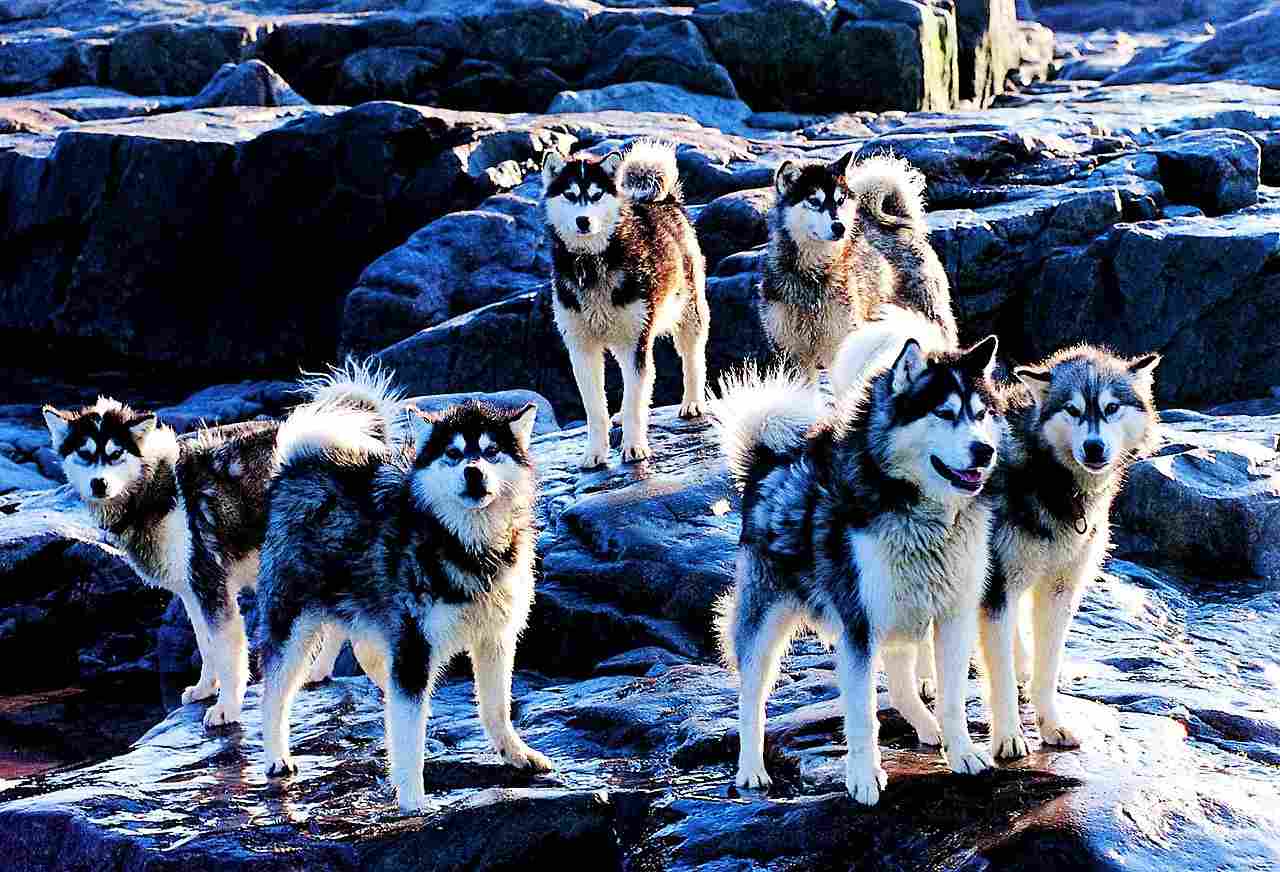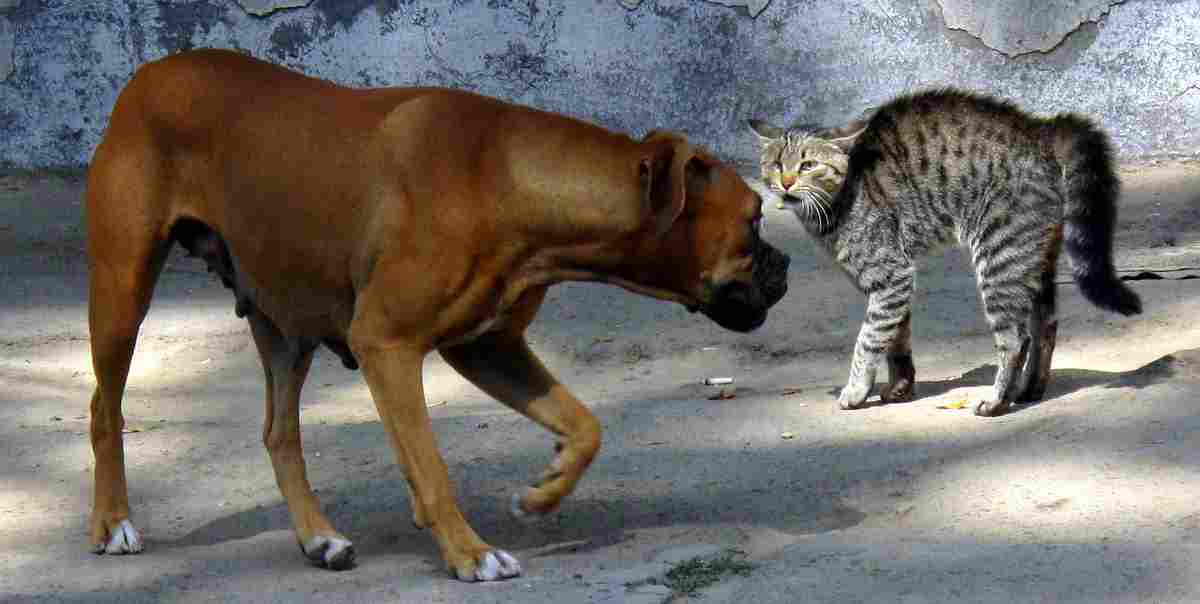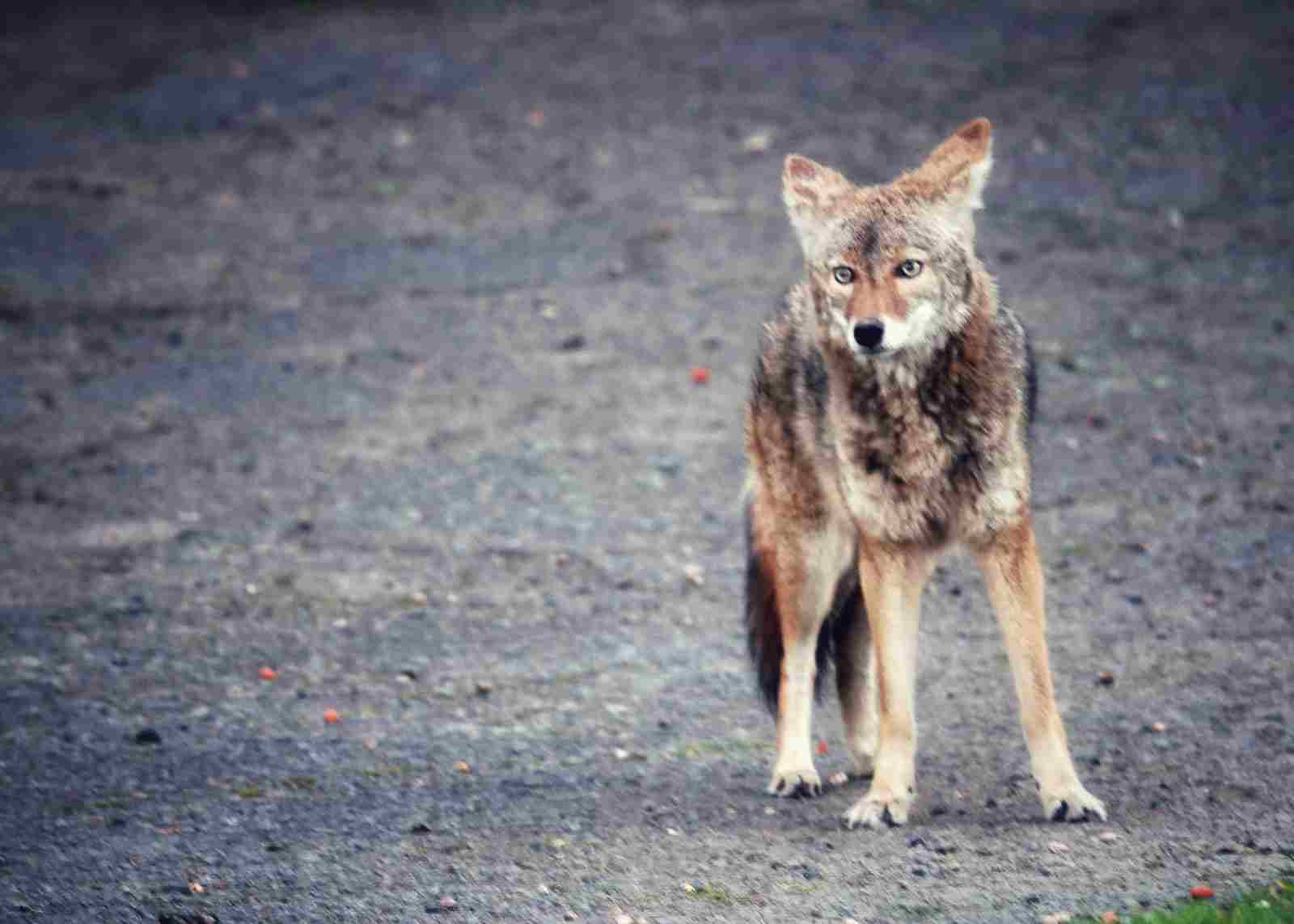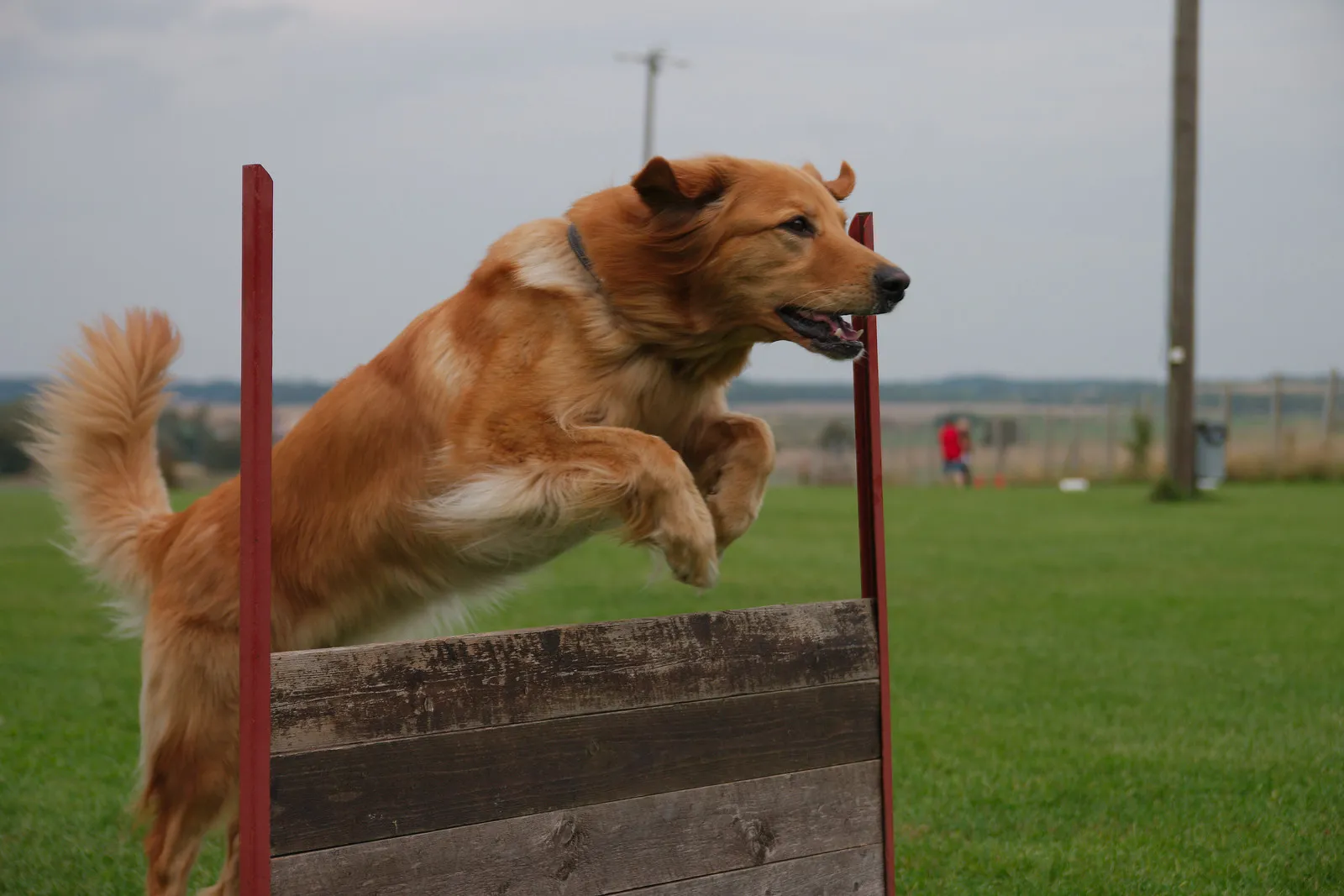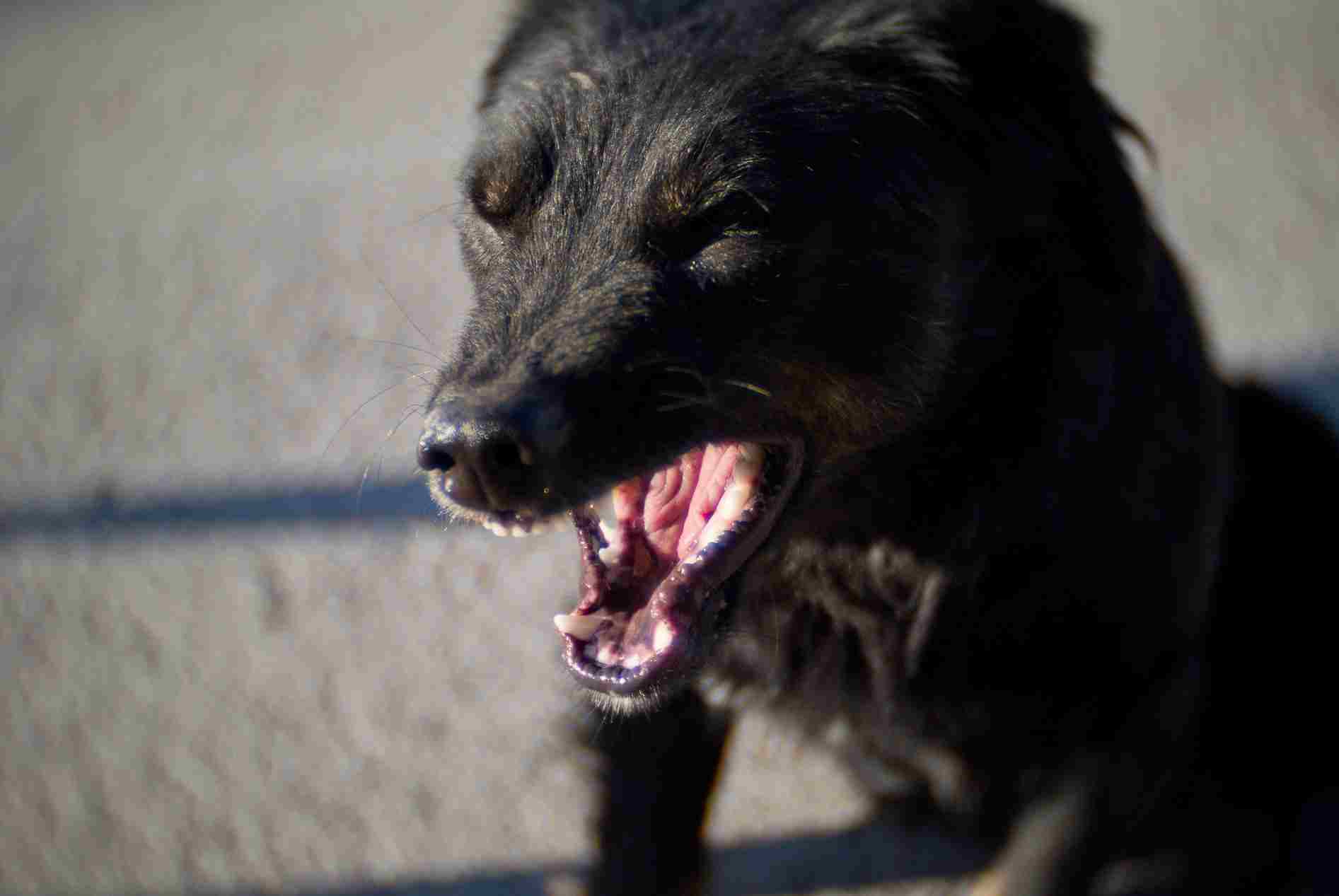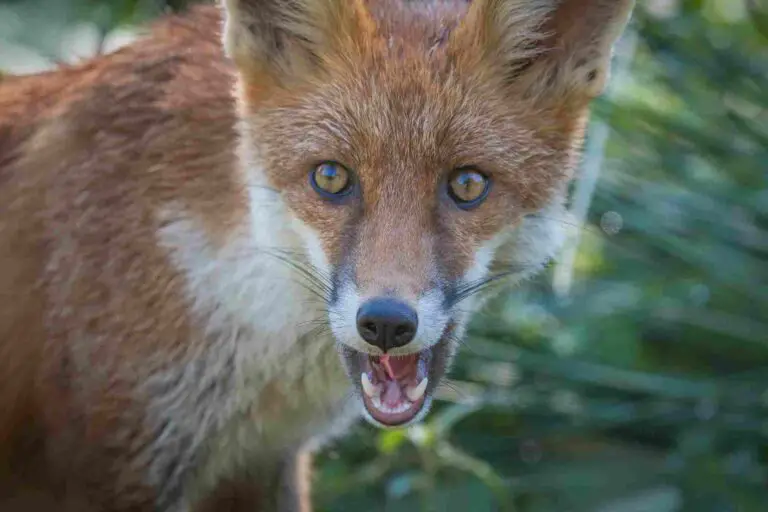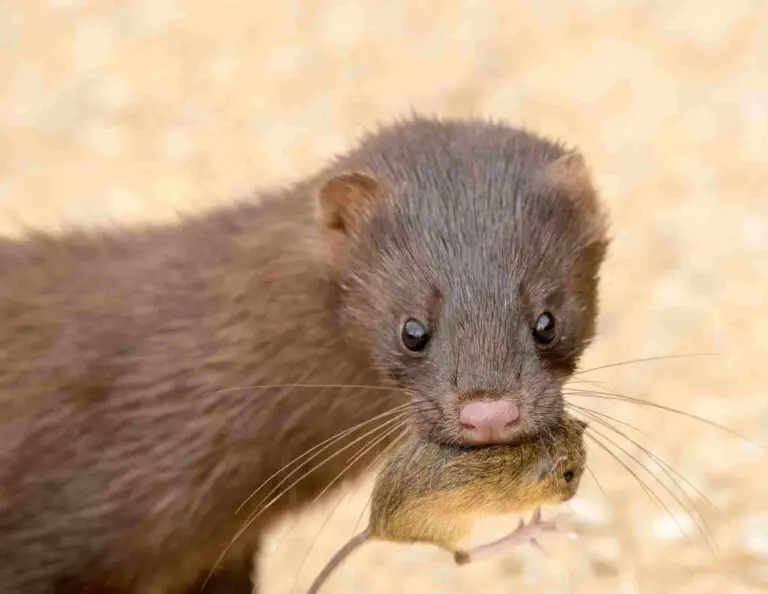Husky Vs Malamute Size, Weight, Overall Comparison
Huskies and Malamutes, both belonging to the Nordic sled dog family, share a close genetic relationship and exhibit distinct traits within the canine spectrum. Huskies, known for their endurance and speed, contrast with Malamutes, characterized by their powerful build and strength. This analysis explores the taxonomy, appearance, size, weight, speed, and agility to assess the potential dynamics of a one-on-one confrontation between a Husky and a Malamute.
Husky vs Malamute: Who Will Win in a Fight/Physical Confrontation?
In a one-on-one confrontation, a lone Malamute is likely to have an advantage over a solitary Husky due to its powerful build and weight, while the Husky may rely on its speed and agility.
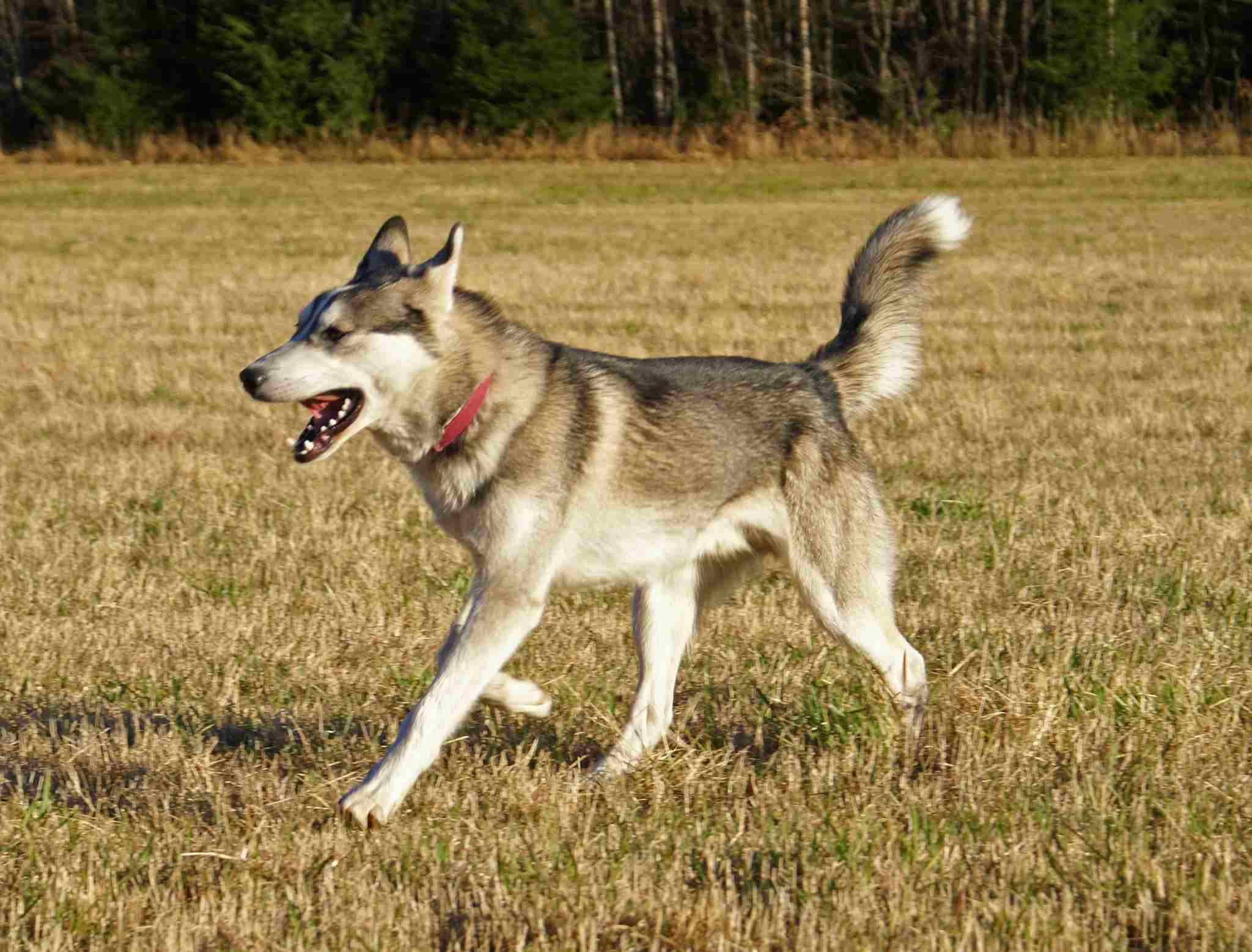
I). Genetic Closeness:
– Huskies and Malamutes share a close genetic relationship, both being breeds developed for sled pulling in Arctic climates. Their common ancestry establishes a foundation for understanding their similarities.
II). Powerful Build and Weight Advantage (Malamute):
– Malamutes are known for their robust and powerful build, with greater weight compared to Huskies. In a physical confrontation, this advantage may contribute to the Malamute’s dominance.
III). Speed and Agility Advantage (Husky):
– Huskies, recognized for their speed and agility, may utilize these traits to their advantage in evading or maneuvering around the powerful build of a Malamute.
While they share a close genetic relationship, the outcome of a confrontation may depend on the specific circumstances and individual traits.
*Details of Comparison
| Feature | Husky | Malamute |
| Taxonomy | Canis lupus familiaris, working group (AKC) |
Canis lupus familiaris, working group (AKC)
|
| Appearance | Sleek, athletic, varied coat colors |
Powerful, wolf-like, limited coat colors
|
| Size | Medium-sized | Large |
| Weight | 35-60 pounds | 75-85 pounds |
| Bite Force | Moderate | Strong |
| Physical Offensive Advantages | Speed and endurance |
Strength and endurance
|
| Physical Defensive Advantages | Agility and speed | Sturdy build |
| Speed | High | Moderate |
| Agility | Highly agile | Less agile |
| Overall Physical Capacity | Endurance |
Strength and endurance
|
| Habitat Preference(s) | Adaptable to various climates |
Suited for cold climates, Arctic regions
|
| Tracks | Compact and streamlined |
Larger, more robust
|
| Lifespan | 12-14 years | 10-14 years |
| Mode of Feeding | Balanced diet, similar to other breeds |
Similar diet, adjusted for larger size
|
| Social Behavior | Sociable and friendly |
Affectionate but may be reserved
|
| Mode of Reproduction | 4-6 puppies | 4-8 puppies |
| Parental Behavior | Attentive and nurturing |
Protective and nurturing
|
| Proximity to Human-Inhabited Areas | Adaptable |
Historically closer to Arctic settlements
|
| Behavior Toward Humans | Friendly and sociable |
Affectionate but may be reserved
|
| Danger Posed to Humans | Low danger |
Low danger, slightly higher due to size
|
| Associated Precautions | Regular exercise and mental stimulation |
Proper training, socialization, and size
|
| Conservation Status | Not endangered | Not endangered |
1. Taxonomy
Husky: Canis lupus familiaris, belonging to the working group in the American Kennel Club (AKC) classification.
Malamute: Canis lupus familiaris, classified under the working group by the AKC.
Comparison: Both huskies and malamutes are domesticated breeds of the gray wolf, Canis lupus.
Ecological Implications: The domestication of these breeds is a testament to the strong human-canine bond, influencing their roles as working and companion animals. The ecological impact lies in their adaptation to human environments, reflecting the intricate relationship between humans and domesticated animals.
2. Appearance
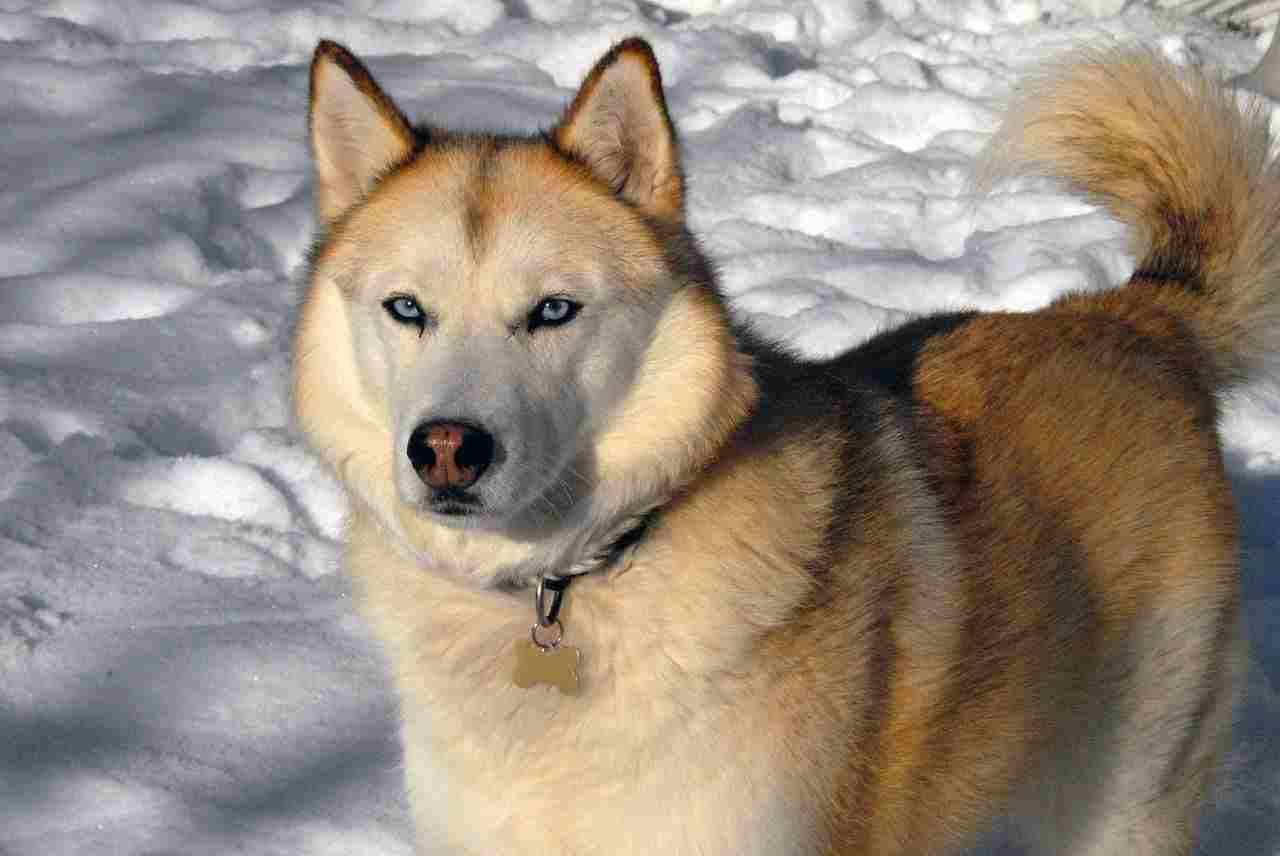
Husky: Sleek and athletic build, erect triangular ears, distinctive facial masks and striking coat patterns, eyes can be blue, brown, or one of each.
Malamute: Powerful and sturdy build, large erect ears, broad head with a plume-like tail, coat is dense and coarse, commonly has a wolf-like appearance.
Comparison: While both breeds share a wolf-like appearance, huskies tend to be more slender and have a variety of coat colors, whereas malamutes are bulkier with a more limited range of coat colors.
Ecological Implications: Their distinct appearances have likely been influenced by the specific roles they played in various human societies, reflecting the adaptability of these breeds to different environments.
3. Size
Husky: Medium-sized breed.
Malamute: Large and powerful breed.
Comparison: Malamutes are noticeably larger and more robust compared to huskies, which are more agile and compact.
Ecological Implications: The size difference could be linked to the historical roles these breeds played, with malamutes being used for heavy hauling and pulling sleds in harsh Arctic conditions, requiring greater strength and endurance.
4. Weight
Husky: Typically 35-60 pounds.
Malamute: Usually 75-85 pounds.
Comparison: Malamutes are significantly heavier than huskies, reflecting their strength and endurance for heavy work.
Ecological Implications: Weight variations might be adaptations to the energy demands of their historical tasks, with malamutes requiring more mass for pulling heavier loads in cold climates.
5. Bite Force
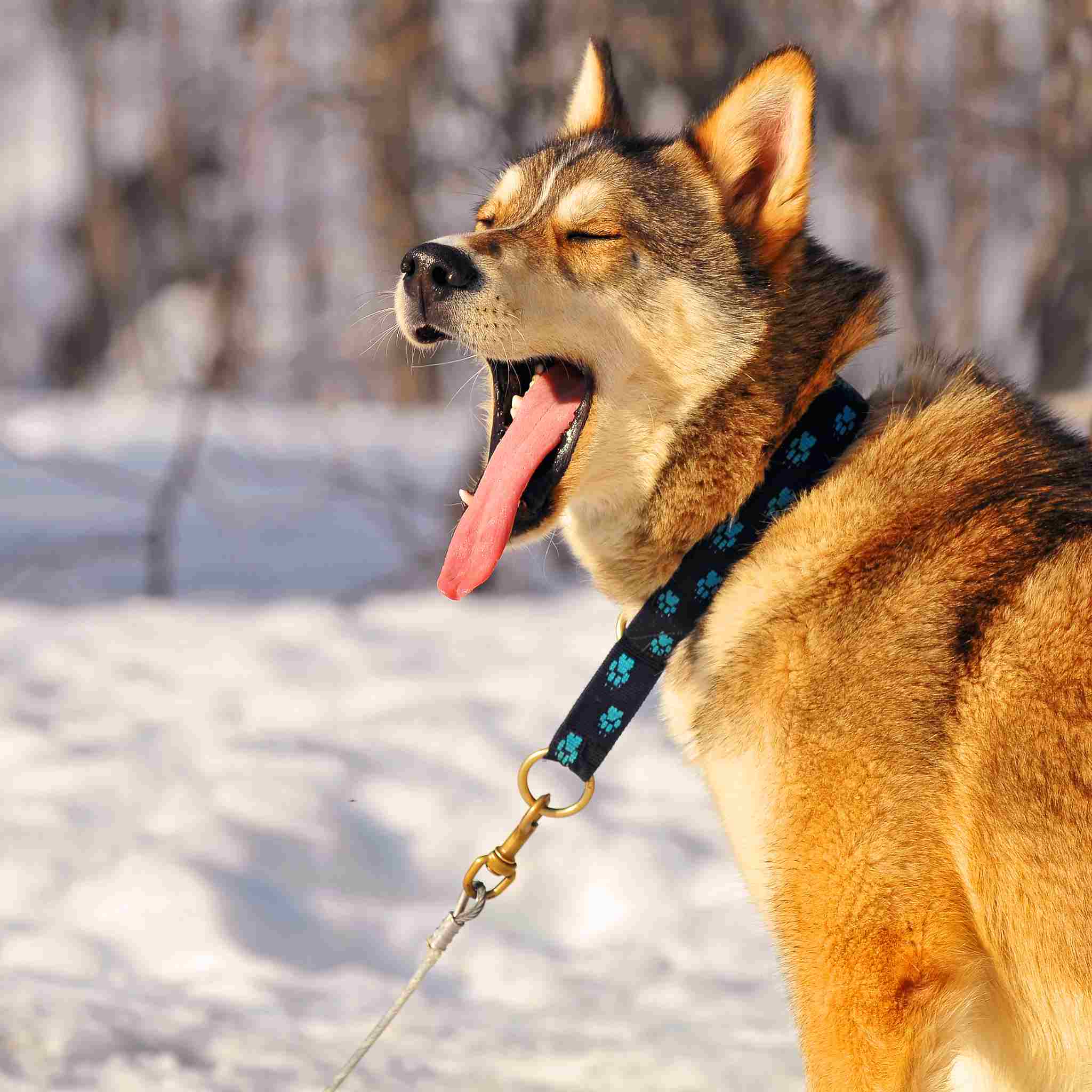
Husky: Bite force not extensively documented, generally considered moderate.
Malamute: Bite force not extensively documented, generally considered strong.
Comparison: While specific bite force measurements may not be readily available, malamutes are generally perceived as having a stronger bite compared to huskies.
Ecological Implications: This difference might be related to the historical roles of malamutes in pulling heavy loads, requiring a robust bite for effective sled pulling.
6. Physical Offensive Advantages
Husky: Known for their speed and endurance.
Malamute: Strong and powerful, excelling in heavy pulling tasks.
Comparison: Huskies are favored for their speed and endurance, making them efficient in covering long distances. In contrast, malamutes are better suited for tasks requiring strength and pulling heavy loads.
Ecological Implications: These traits align with the specific needs of their historical environments, with huskies excelling in more moderate climates and malamutes thriving in harsh Arctic conditions.
7. Physical Defensive Advantages
Husky: Agility and speed contribute to evasion.
Malamute: Sturdy build provides physical defense.
Comparison: Huskies rely on agility and speed for defensive maneuvers, while malamutes’ robust build offers a more physical form of defense.
Ecological Implications: The defensive advantages are likely adaptations to the challenges posed by their respective habitats, with huskies navigating varied terrains and malamutes dealing with harsh Arctic conditions.
8. Speed
Husky: Known for their speed and agility, capable of reaching high speeds.
Malamute: Moderate speed, not as fast as huskies.
Comparison: Huskies excel in speed, making them efficient in tasks like sled racing, while malamutes, although strong, have a more moderate pace.
Ecological Implications: The speed differences could be influenced by the historical use of huskies in more temperate climates where quick transportation was crucial, contrasting with malamutes that focused on endurance and strength in Arctic environments.
9. Agility
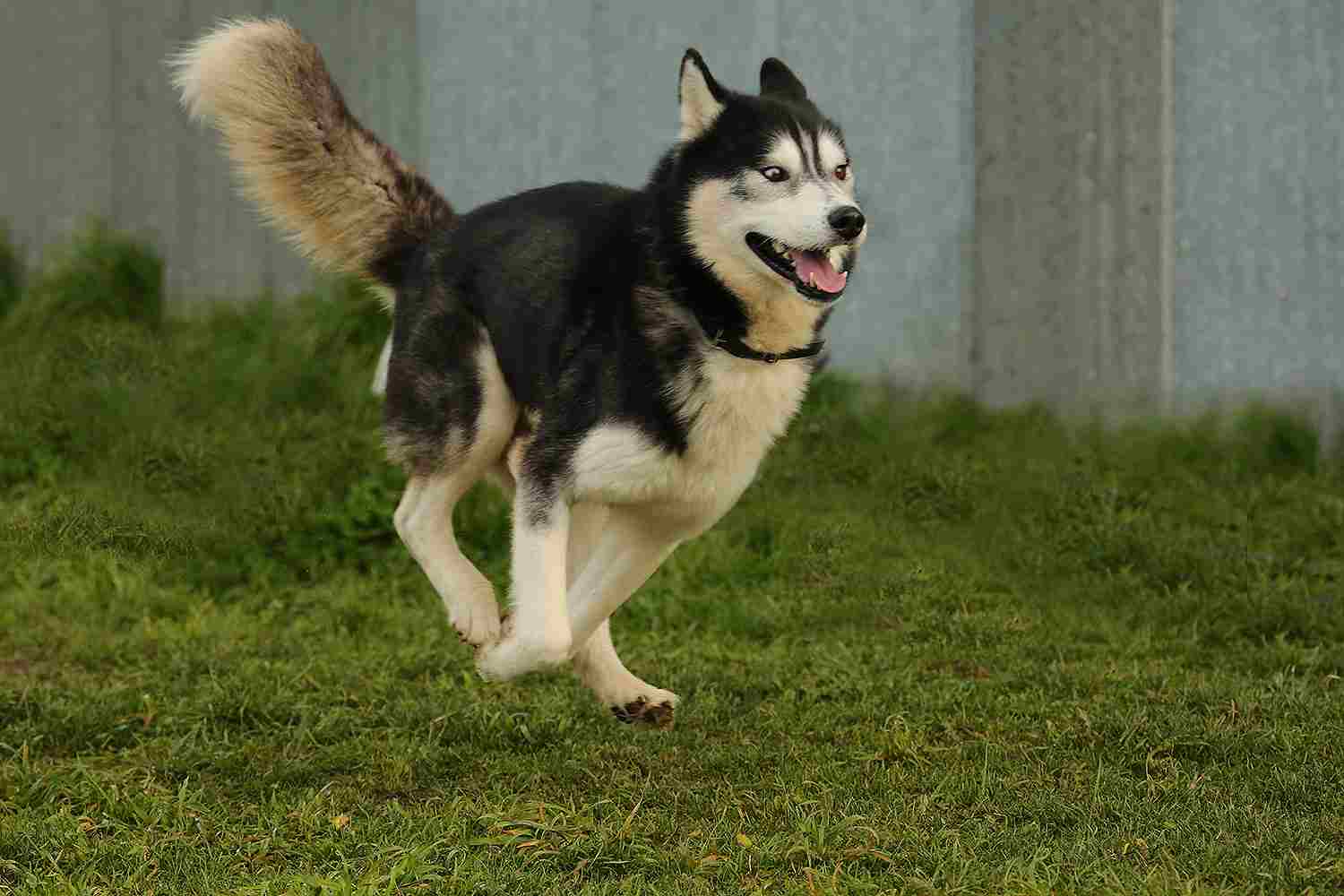
Husky: Highly agile and nimble.
Malamute: Less agile compared to huskies.
Comparison: Huskies exhibit remarkable agility, useful in navigating various terrains, while malamutes, although strong, may not be as nimble.
Ecological Implications: Agility is crucial in diverse environments, suggesting huskies were adapted to a broader range of terrains compared to the more specialized environment of malamutes.
10. Overall Physical Capacity
Husky: High endurance, well-suited for long-distance tasks.
Malamute: Strong and powerful, designed for heavy pulling and endurance in Arctic conditions.
Comparison: Huskies are geared towards endurance and sustained activity, while malamutes excel in tasks requiring strength and endurance in colder climates.
Ecological Implications: These differences in physical capacity highlight the adaptability of each breed to specific ecological niches and the demands of human activities in those environments.
11. Habitat Preference(s)
Husky: Adaptable to various climates, including temperate and colder regions.
Malamute: Well-suited for cold climates, particularly Arctic regions.
Comparison: Huskies showcase adaptability to a broader range of environments, while malamutes are specialized for harsh Arctic conditions.
Ecological Implications: This adaptability suggests that huskies were historically used in diverse settings, while malamutes were specifically bred for Arctic environments.
12. Tracks
Husky: More compact and streamlined tracks.
Malamute: Larger, more robust tracks.
Comparison: Husky tracks are generally smaller and streamlined, reflecting their agility and speed, while malamute tracks are larger and more robust, corresponding to their heavier build.
Ecological Implications: The tracks align with their respective physical characteristics, showcasing adaptations to different terrains and climates.
13. Lifespan
Husky: Average lifespan of 12-14 years.
Malamute: Average lifespan of 10-14 years.
Comparison: Huskies tend to have a slightly longer average lifespan compared to malamutes.
Ecological Implications: The variation in lifespan may be influenced by factors such as size, genetics, and historical roles, reflecting the impact of domestication and selective breeding.
14. Mode of Feeding
Husky: Typically fed a diet similar to other dog breeds, balanced between commercial dog food and raw meat.
Malamute: Similar diet to huskies, with a focus on nutrition to support their larger size and energy requirements.
Comparison: Both huskies and malamutes are generally fed similar diets, adjusted for their respective sizes and energy needs.
Ecological Implications: Their dietary similarities reflect their domestication and dependence on human-provided nutrition, emphasizing their roles as working and companion animals.
15. Social Behavior
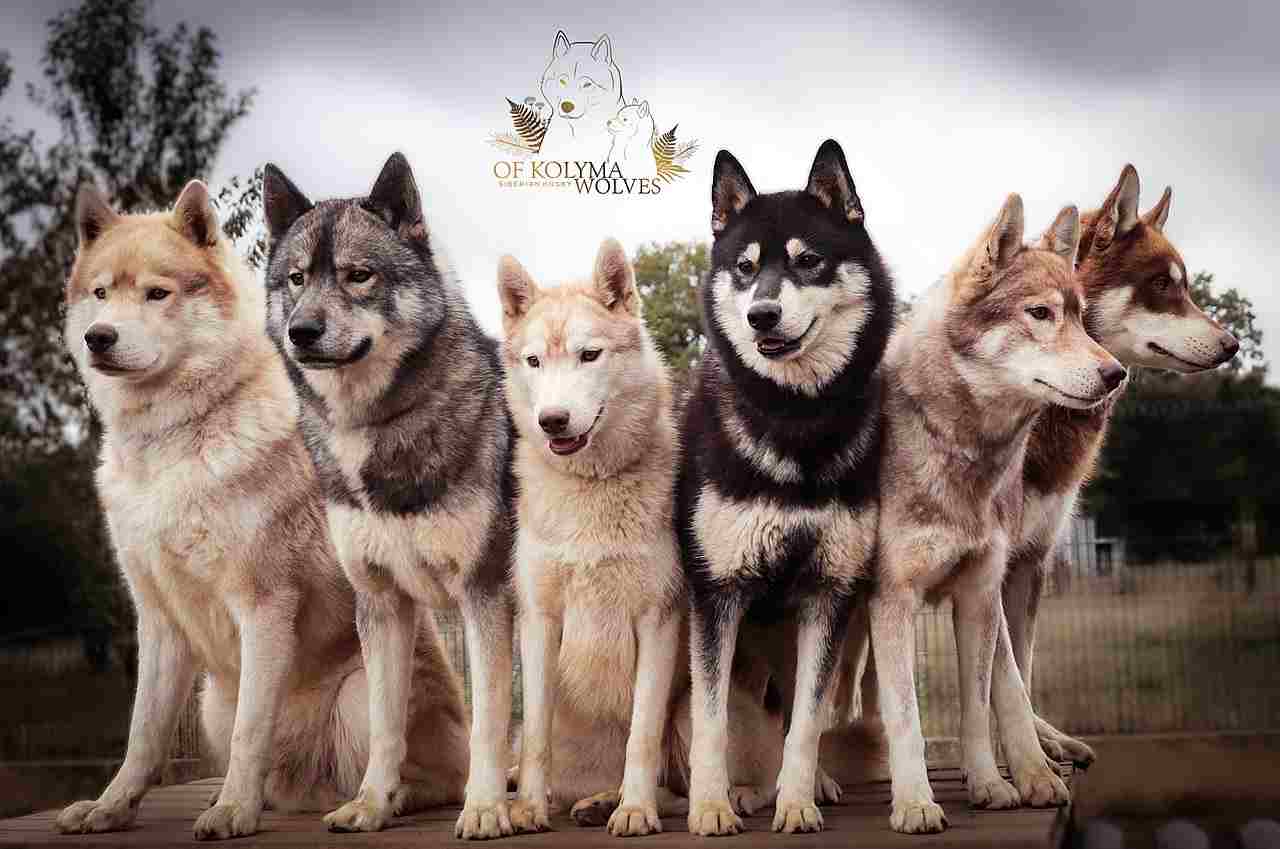
Husky: Sociable and friendly, known for being good with families.
Malamute: Affectionate but may have a more independent and reserved nature.
Comparison: Huskies are often more outgoing and social, while malamutes may display a more reserved demeanor.
Ecological Implications: These social behaviors may have developed based on the roles each breed played in human societies, with huskies often working closely with humans, while malamutes were more independent in Arctic environments.
16. Mode of Reproduction
Husky: Typically has a litter size of 4-6 puppies.
Malamute: Usually has a litter size of 4-8 puppies.
Comparison: Malamutes tend to have slightly larger litter sizes compared to huskies.
Ecological Implications: Litter size variations may be influenced by historical breeding practices and the needs of the communities where these breeds originated. Larger litters could contribute to the survival of the breed in harsh environments.
17. Parental Behavior
Husky: Generally exhibits attentive and nurturing parental behavior.
Malamute: Displays protective and nurturing behaviors, similar to huskies.
Comparison: Both huskies and malamutes tend to exhibit caring parental behaviors, ensuring the well-being of their offspring.
Ecological Implications: These parental behaviors likely contribute to the survival and well-being of the offspring, reflecting the importance of familial bonds in both breeds.
18. Proximity to Human-Inhabited Areas
Husky: Well-adapted to living in various human environments.
Malamute: Suited for colder regions, historically closer to Arctic human settlements.
Comparison: Huskies are more adaptable to diverse human-inhabited areas, while malamutes are historically closer to Arctic settlements.
Ecological Implications: This adaptability suggests that huskies have been involved in a broader range of human activities and settlements, while malamutes have been closely tied to specific Arctic regions.
19. Behavior Toward Humans

Husky: Generally friendly, sociable, and good with families.
Malamute: Affectionate but may display a more reserved nature, particularly with strangers.
Comparison: Huskies are often more outgoing and approachable, while malamutes may be more reserved, especially around unfamiliar individuals.
Ecological Implications: These behaviors may be rooted in the historical roles each breed played in human societies, with huskies working closely with various communities, while malamutes were more independent in Arctic environments.
20. Danger Posed to Humans
Husky: Generally low danger, known for their friendly nature.
Malamute: Low danger, but their larger size may pose some risk if not properly trained or socialized.
Comparison: Both huskies and malamutes are considered low-risk breeds, but malamutes, due to their larger size, may have slightly higher potential for unintentional harm.
Ecological Implications: Low danger levels align with the historical roles of these breeds as working and companion animals, emphasizing the importance of their cooperative relationships with humans.
21. Associated Precautions
Husky: Regular exercise and mental stimulation are essential for their well-being.
Malamute: Requires proper training, socialization, and attention to their larger size.
Comparison: While both breeds require care and attention, malamutes, due to their larger size, may demand additional precautions in training and socialization.
Ecological Implications: These precautions highlight the responsibility of humans in maintaining the well-being of these breeds, emphasizing the impact of domestication on their needs.
22. Conservation Status
Husky: Not listed as endangered; widespread and popular breed.
Malamute: Not listed as endangered; recognized and bred globally.
Comparison: Neither huskies nor malamutes are considered endangered, indicating their popularity and successful adaptation to various environments.
Ecological Implications: The non-endangered status reflects the success of these breeds in the human-dominated world, emphasizing the positive impact of their domestication and integration into human societies.
Conclusion
I) Similarities:
- Taxonomy: Both huskies and malamutes belong to the same species, Canis lupus familiaris, and are classified under the working group by the American Kennel Club (AKC).
- Parental Behavior: Both breeds exhibit caring and nurturing parental behaviors, ensuring the well-being of their offspring.
- Mode of Feeding: Huskies and malamutes share a similar diet, with adjustments made based on their respective sizes and energy requirements.
- Social Behavior: While there are differences in sociability, both breeds generally display affectionate behavior towards their human companions.
- Conservation Status: Neither huskies nor malamutes are listed as endangered, indicating their widespread recognition and successful adaptation to various environments.
II) Differences:
- Appearance: Huskies have a sleek and athletic build with a variety of coat colors, while malamutes are powerful with a wolf-like appearance and limited coat colors.
- Size: Huskies are medium-sized, while malamutes are large and robust.
- Weight: Huskies typically weigh 35-60 pounds, whereas malamutes weigh 75-85 pounds.
- Speed: Huskies are known for their high speed and agility, while malamutes have a more moderate pace.
- Habitat Preference(s): Huskies are adaptable to various climates, while malamutes are specifically suited for cold climates, particularly Arctic regions.
- Tracks: Husky tracks are more compact and streamlined, reflecting their agility, while malamute tracks are larger and more robust.
- Lifespan: Huskies tend to have a slightly longer average lifespan compared to malamutes.
- Agility: Huskies are highly agile, while malamutes, due to their larger size, may not be as nimble.
- Overall Physical Capacity: Huskies excel in endurance, while malamutes are designed for heavy pulling and endurance in Arctic conditions.
- Mode of Reproduction: Malamutes tend to have slightly larger litter sizes compared to huskies.
- Proximity to Human-Inhabited Areas: Huskies are adaptable to various human environments, while malamutes are historically closer to Arctic human settlements.
- Behavior Toward Humans: Huskies are generally more outgoing and approachable, while malamutes may be more reserved, especially around unfamiliar individuals.
- Danger Posed to Humans: While both breeds are considered low-risk, malamutes, due to their larger size, may have slightly higher potential for unintentional harm.
-
Associated Precautions: Malamutes, due to their larger size, may demand additional precautions in training and socialization.
